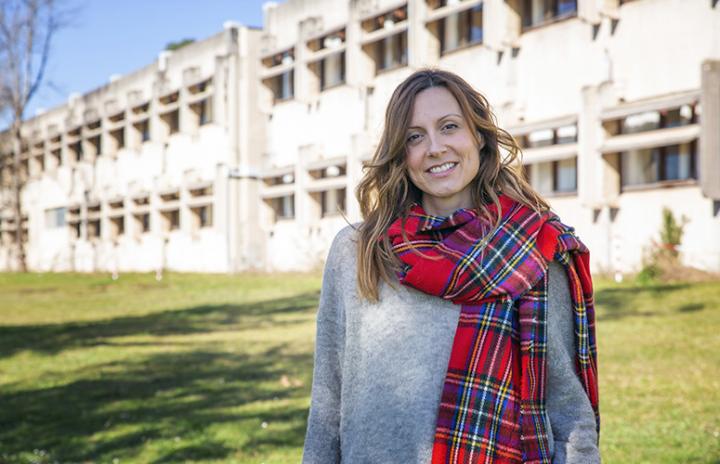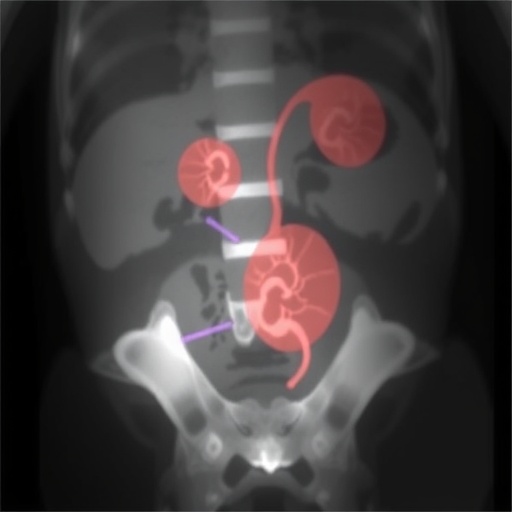A participatory study by the UPV/EHU-University of the Basque Country has resulted in proposals for action to improve the urban environment of Bilbao

Credit: Zelai R. García
Previous studies have revealed the influence of unhealthy food environments on the population’s eating behaviour. Yet the socioeconomic differences in these environments and their influence on diet had never been studied previously. The doctor in the UPV/EHU’s Faculty of Medicine and Nursing Leyre Gravina said “we have for the first time qualitatively compared the perception of the food environment in three neighbourhoods with differing socioeconomic contexts –Deusto (high socioeconomic level), Uribarri (medium), and San Francisco (low)–, using photovoice methodology. So we have managed to analyse the whole spectrum of Bilbao making it possible to explain how the neighbourhoods may affect their residents, in particular in terms of food”.
In the photovoice study the participants (a total of 23 residents in the above-mentioned neighbourhoods) “analysed the environment closest to them, their neighbourhood, by means of photos that they themselves took and discussed in groups”, explained Doctor Gravina, lead researcher in the UPV/EHU’s Nursing and Health Promotion research group. “The research group then went on to group together six emerging themes that inform or describe the food environment of Bilbao: unhealthy eating behaviours, cultural diversity, retail transformation, social relations, precariousness and healthy eating.”
A book, policy proposals for action and a new project
Although the availability of high quality food and fresh products in the three neighbourhoods was stressed, the participants discussed the reasons for unhealthy eating, characterised by the excessive consumption of alcohol (high level neighbourhood), sugary foods (high and medium neighbourhood) and fast food (medium and low neighbourhood). That way “we saw that in actual fact, both the environment and the needs of each neighbourhood were different, but we detected similarities in all of them”, added the researcher, “and they are: the existence of great diversity and accessibility of international food in all of them; tolerance existing in our culture when it comes to consuming large amounts of alcohol and sugary beverages at celebrations; the limited involvement of the citizens and the authorities in improving the neighbourhoods; and finally, the promoting of healthy eating by small retail outlets and public markets that offer good quality of food, close contact and fresh products”.
The differences found between neighbourhoods highlight the availability of food items, the diversity of food outlets and social and cultural factors as ones that determine the population’s eating behaviour. “Our results provide new information to better understand how urban environments may affect how the population eats from an equity perspective”, she stressed. Gravina remarked that the value of this citizen-based participatory project lies “in being able to turn the results of the research into policy proposals for action to improve the area studied and have the opportunity to transmit to the rest of the community (including people in positions of political responsibility) their needs and proposals for improvement. The creation of more effective policies that emanate from citizens to improve their own environment is thus strengthened and this will have an effect on their health”.
The research group has passed these actions for improvement in the form of a report on recommended policies to the municipal authorities. In addition, the study has been reflected in the photo-book Proyecto Fotovoz Bilbao, which can be downloaded from the Mi Barrio Saludable website. At the same time, Gravina has announced the setting up of the Photovoice 2 project: “We have given it the name MugiBiL, and it will be analysing the same neighbourhoods from the perspective of physical activity. We are sure we will be touching on various subjects such as town planning, transport, mobility, accessibility in the neighbourhoods, ageing, gender differences, cleanliness, social determinants, etc. This new study is going to provide us with a more complete picture of how two crucially important factors like diet and physical activity can exert an influence on obesity in the population, and, at the end of the day, on health,” she concluded.
###
Media Contact
Matxalen Sotillo
[email protected]
34-688-673-770
Original Source
https:/
Related Journal Article
http://dx.




